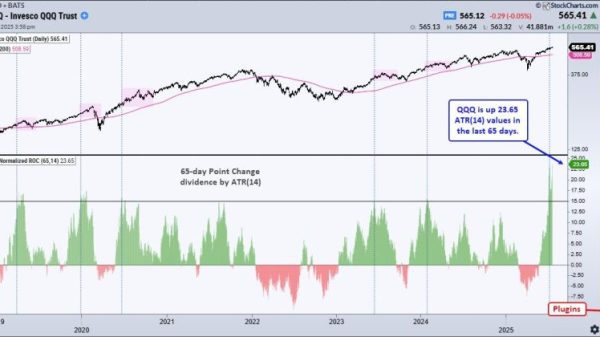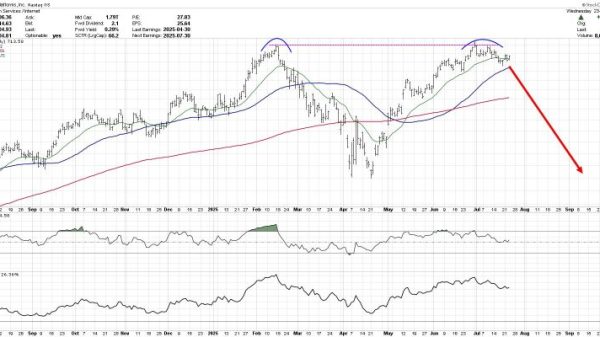Market sentiment analysis plays a crucial role in successful trading strategies. By understanding the emotions and opinions of traders in the market, you can gain valuable insights into potential price movements and trends. Incorporating market sentiment analysis into your trading approach can help you make more informed decisions and potentially increase your profits.
There are several ways to incorporate market sentiment analysis into your trading. One common method is to use tools and indicators that track sentiment data, such as social media sentiment analysis tools or sentiment indicators based on trader surveys. These tools can provide real-time information on market sentiment, allowing you to stay ahead of the curve and make timely trades.
Another way to incorporate market sentiment analysis in your trading is to pay attention to news and events that may influence market sentiment. For example, if there is negative news about a particular company or industry, it could lead to a decrease in market sentiment and potentially lower stock prices. By staying informed about current events and how they may impact market sentiment, you can adjust your trading strategy accordingly.
It’s also important to consider the overall market sentiment when making trading decisions. If the market is bullish and investors are feeling optimistic, you may want to look for buying opportunities. Conversely, if the market sentiment is bearish and investors are feeling pessimistic, you may want to consider selling or shorting positions.
Incorporating market sentiment analysis into your trading can help you gain a deeper understanding of market dynamics and make more informed trading decisions. By staying attuned to market sentiment trends and using tools and indicators to track sentiment data, you can improve your trading strategy and potentially increase your chances of success in the market.





















